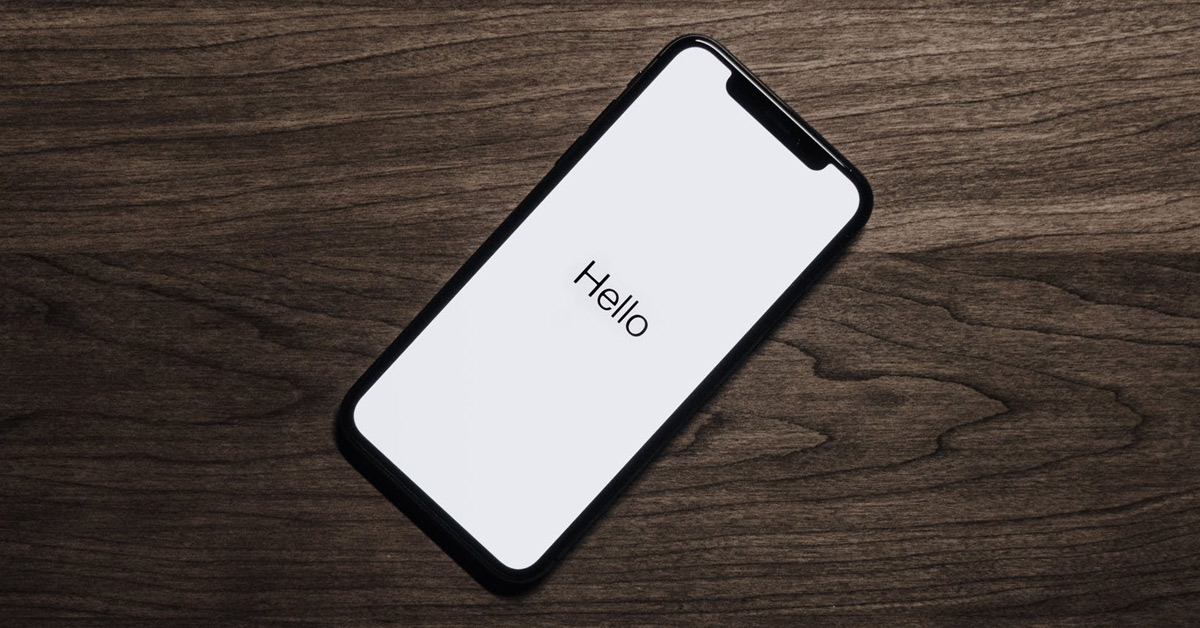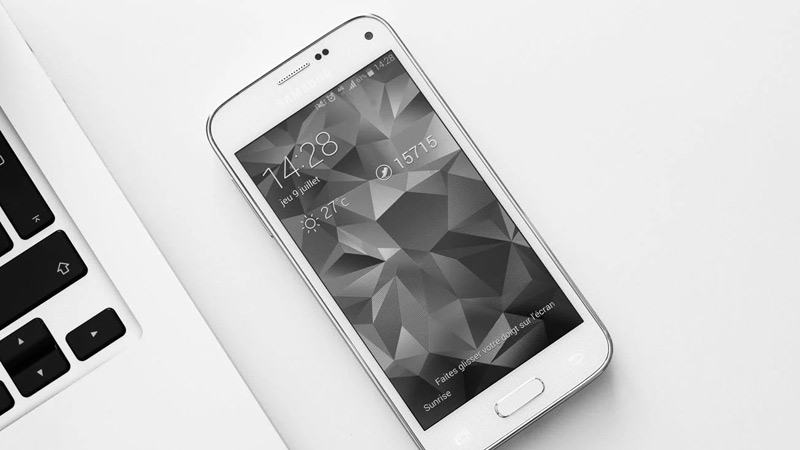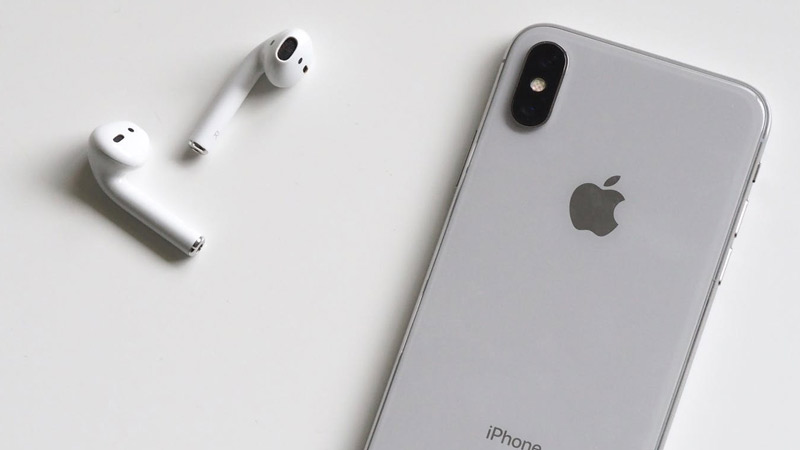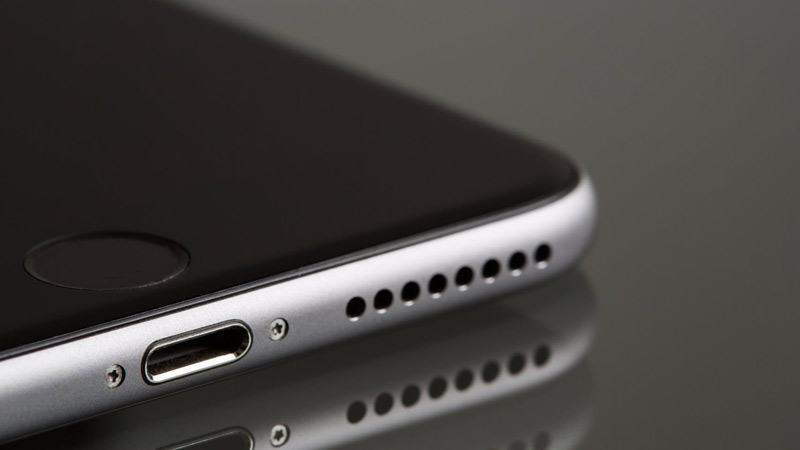QHD vs UHD vs 4k: Differences And Which One Is The Best For You

While talking of devices and their categories, there are two main categories which are— input devices and output devices, however, under these categories, there are different types which means there are different types of input and output devices. In this case, we’ll be focusing on output devices which are defined as devices that give results after computing input and raw data. These results can be displayed as hard copies via printers and soft copies via screens.
Screens provide several benefits like reading documents clearly, viewing outputs in the form of media (pictures and videos), etc. However, there’s a major dispute when it comes to screen quality and resolution because most screens and display devices come with different screen resolutions and quality but in a way, they all look similar. This brings us to discuss in this article the differences between QHD, UHD, and 4K screens to help you decide which is best for you.
QHD

QHD, otherwise known as “quad high definition” is the standard resolution for certain high-end devices like televisions, laptops, and phones, hence if you own one of these devices, there are possibilities that your screen may be a QHD screen. Its display resolution is 2560 x 1440 pixels which is four times that of the 720p screens, hence the origin of its name “quad high definition” and it also has an aspect ratio of 16:9. QHD is sharper and offers more pixels per square inch when compared to the popular HD screen resolution and is better suited for large monitors allowing you to do and view more.
While purchasing a device with a screen or searching for devices, you may also see WQHD which stands for “wide quad high definition”. QHD and WQHD are basically the same things, however, the “W” is usually meant to show that the screen has an aspect ratio of 16:9 and since that is one of the major selling points for manufacturers despite that the aspect ratio is already a feature of the QHD, they still add it to the specifications. QHD is also sometimes labeled as 2K or 1440p for marketing reasons and in some cases where you see an “ultrawide QHD” screen, this means the horizontal pixels are expanded to 3440 with a 21:9 aspect ratio.
Advantages Of Using QHD
- It provides a sharper image when compared to HD for the same screen resolution of simply the same screen size.
- QHD gives better color on the screen. This means that we can see the content is more enhanced and the color vividness is easily observed.
- If you’re one that loves to stream movies online or play games, this type of screen is a very decent one for you.
Some Devices That Use QHD
- Samsung Galaxy S6, S6 Edge, S6 Active, Note 5, S6 edge+
- Microsoft Lumia 950, 950 XL.
- HTC One M9+, E9+, ME.
- Sony Xperia Z5 Premium.
- Xiaomi Mi Note Pro.
- Microsoft Lumia 950, 950 XL.
- BLU Pure XL.
- Motorola DROID Turbo 2, Moto X Style (pure).
UHD

UHD is otherwise known as “Ultra High Definition” and as its name implies, it’s a step up from high definition screens (HD). This is the official name for the display resolution of 1920 x 1080. When talking of the 3840 x 2160 resolution, this is due to the UHD resolution being quadrupled but isn’t the same as the 4K resolution which is made above this resolution.
Despite the above, almost every TV or monitor you see advertised as 4k are actually UHD because the vast majority of their screen panels are 3840 x 2160. However, a lot of manufacturers use the 4K UHD and 8K UHD to get people to think that the display resolution for their products is actually 4K and 8K respectively. There are some panels with 4096 x 2160 resolution and aspect ratio of 1.9:1 which are the original 4K screens, however, most 4K UHD termed screens have an aspect ratio of 1.78:1 with respect to the 3840 x 2160 screen resolution.
UHD screens actually consist of two standards. There’s the 3840 x 2160 display resolution and there’s a big step up to 7680 x 4320 display resolution which is also called UHD. It’s reasonable to want to refer to these two resolutions as 4K UHD and 8K UHD. The 8K UHD screen resolution may be renamed QUHD, otherwise known as “quad ultra high definition”.
While enhancing QHD to UHD, the required aspect ratio will be 16:9 which can be used to indicate whenever there’s a rise in the resolution. UHD is powerful because it has enhanced resolution and can be enhanced to 4k, up until 8k which means you get a more quality display.
Advantages Of Using UHD
- While using UHD, the greater the resolution, the better the quality of the picture displayed.
- The depth of the color for UHD display screens may be as high as 12 color bits, while in the case of HD, the number only shoots up to 10.
- It’s available at a popularly normal rate hence its preference over many other displays.
- It has various screen resolutions and can otherwise be compared to 4K and 8K screens with its 4K UHD screens and 8K UHD Screens.
Some Of The Devices That Use UHD
- Samsung UHD TV
- Sony UHD TV
- Toshiba UHD TV
4K

The name “4K” is originally derived from the Digital Cinema Initiatives (DCI). This organization standardized a specification for the production and digital projection of 4K content which in this case, sets the display resolution for 4K to 4096 x 2160 and is exactly 4 times the previous standard for digital editing and projection (2k, 2048 x 1080, or QHD). 4k highlights that the horizontal pixel count is four thousand and is not just seen as a resolution either because it also defines how 4K content is encoded for display purposes via electronic output devices with screens.
A standard DCI 4K stream is compressed with JPEG 2000. It can also have a nitrate up to 250 Mbps and employ a 12-bit 4:4:4 color depth. Although it’s not like TV manufacturers aren’t aware of the differences between 4K and UHD, they presumably use 4K for marketing reasons so customers who don’t know the differences between those two are drawn to their product without stress. However, so as to not conflict with the standard DCI specification for 4K, some TV makers rather use the phrase “4K UHD” instead of just “4K” though some basically stick with the “4k” term.
Now, 4K is now seen as a whole category itself with the DCI 4K and the 4K UHD, making people understand the two different types of 4K picture quality (DCI 4K and 4K UHD).
Advantages Of Using 4K
- It has a display resolution of around 4000 pixels hence providing better sharpness and display quality.
- If it’s used with the proper specifications, it can be highly effective.
- 4K is used in gaming consoles so if you’re a gamer, you should consider getting this version.
- It’s also widely used in television. Examples include Sony, Samsung, LG, Toshiba, Panasonic, and so on.
Some Devices That Use 4K
- Samsung Galaxy Note 4.
- Samsung Galaxy Alpha.
- Samsung Galaxy S6, Galaxy S6 Edge, and Galaxy S6 Edge +
- Samsung Galaxy S5 (2014) snapdragon mode— one of the first Samsung devices to use the 4K quality for video streaming.
Differences Between QHD, UHD, and 4k
| S/N | QHD | UHD | 4K | |
| 1. | Screen Resolution | It has a screen resolution of 2560 x 1440 pixels. | It has a 3840 x 2160 display resolution and can be enhanced to 7680 x 4320 display resolution. | It has a 4096 x 2160 display resolution. |
| 2. | Aspect ratio | It has an aspect ratio of 16:9. | It has an aspect ratio of 1.78:1 and can be enhanced to the 8K aspect ratio. | It has an aspect ratio of 1.9:1 |
| 3. | Sharpness | Less sharp | Sharp | Sharper |
| 4. | Categories | Quad High Definition (QHD), and Wide Quad High Definition (WQHD) | 4K Ultra High Definition (4K UHD), 8K Ultra High Definition (8K UHD). | 4K Ultra High Definition (4K UHD), and DCI 4K. |
| 5. | Features | Sharper image, better color, enhanced screen display | Sharper Image compared to QHD, better color, and a more enhanced screen display than QHD. | Sharper Image compared to QHD, and when using DCI 4K, you get a sharper image than the 4K UHD. |
| 6. | Effectiveness | Effective | More effective than QHD | DCI 4K is more effective than 4K UHD. |
| 7. | Uses | Can be used on phone screens, laptop screens, and TV screens. However, these devices are older versions as manufacturers now use new enhanced screen resolutions. | Can be used on phone screens, laptop screens, and TV screens. However, these devices are more recent devices as this screen is a more enhanced screen compared to QHD | Can be used on phone screens, laptop screens, TV screens, and Cinema screens. |
| 8. | Some devices that use them. | Samsung Galaxy S6, S6 Edge, S6 Active, Note 5, S6 edge+, Microsoft Lumia 950, 950 XL,HTC One M9+, E9+, ME, Sony Xperia Z5 Premium, Xiaomi Mi Note Pro, Microsoft Lumia 950, 950 XL. | Samsung UHD TV, Sony UHD TV, Toshiba UHD TV, LG UHD TV, Panasonic UHD TV, JVC UHD TV. | Samsung 4K TV, Sony 4K TV, LG 4K TV, JVC 4K TV, Samsung galaxy note 4, Samsung galaxy S6 / S6 edge / and S6 edge+. |
